I was born in Jiaxing, a city of around four million people in eastern China. Before coming to the RCA I studied Environmental Design at Zhejiang University of Technology (ZJUT). My undergraduate experience taught me the basics of design and helped me discover my interest in interior space with its close attention to detail, meaning and narrative; and I went on to work for LYCS Architecture in the interior design department.
Since coming to London to study at the RCA I have tried to explore the connection between space and society. Discovering the stories and memories that contribute to space has always attracted me and led me to choose the Interior Urbanism platform for my second year, with a focus on mass observation and public space. Drawing, modeling, observing, debating, and thinking are activities that make up my approach. Using design thinking to help people change their negative or habitual attitudes towards space so as to generate positive social energy is my passion for design.


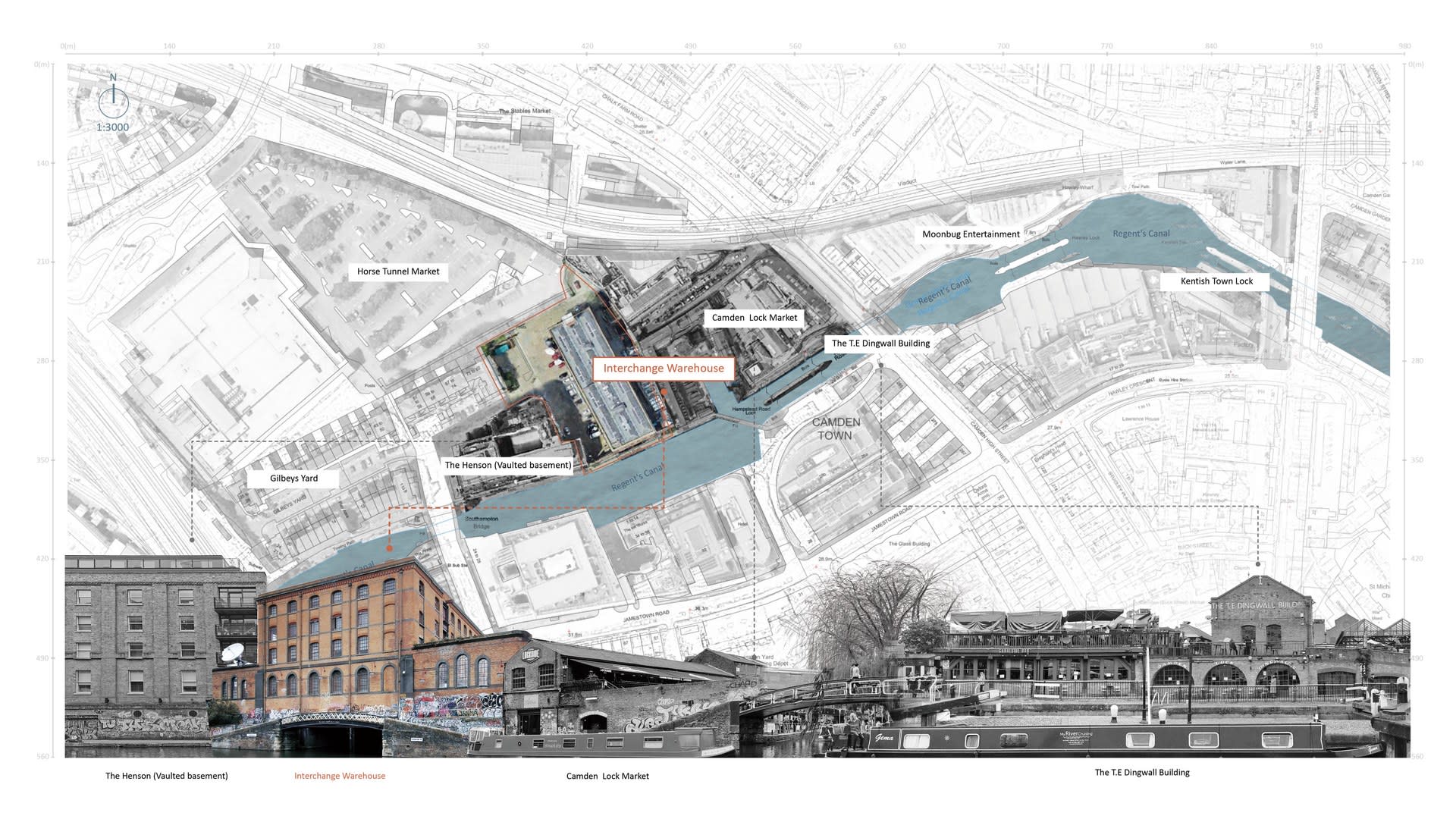


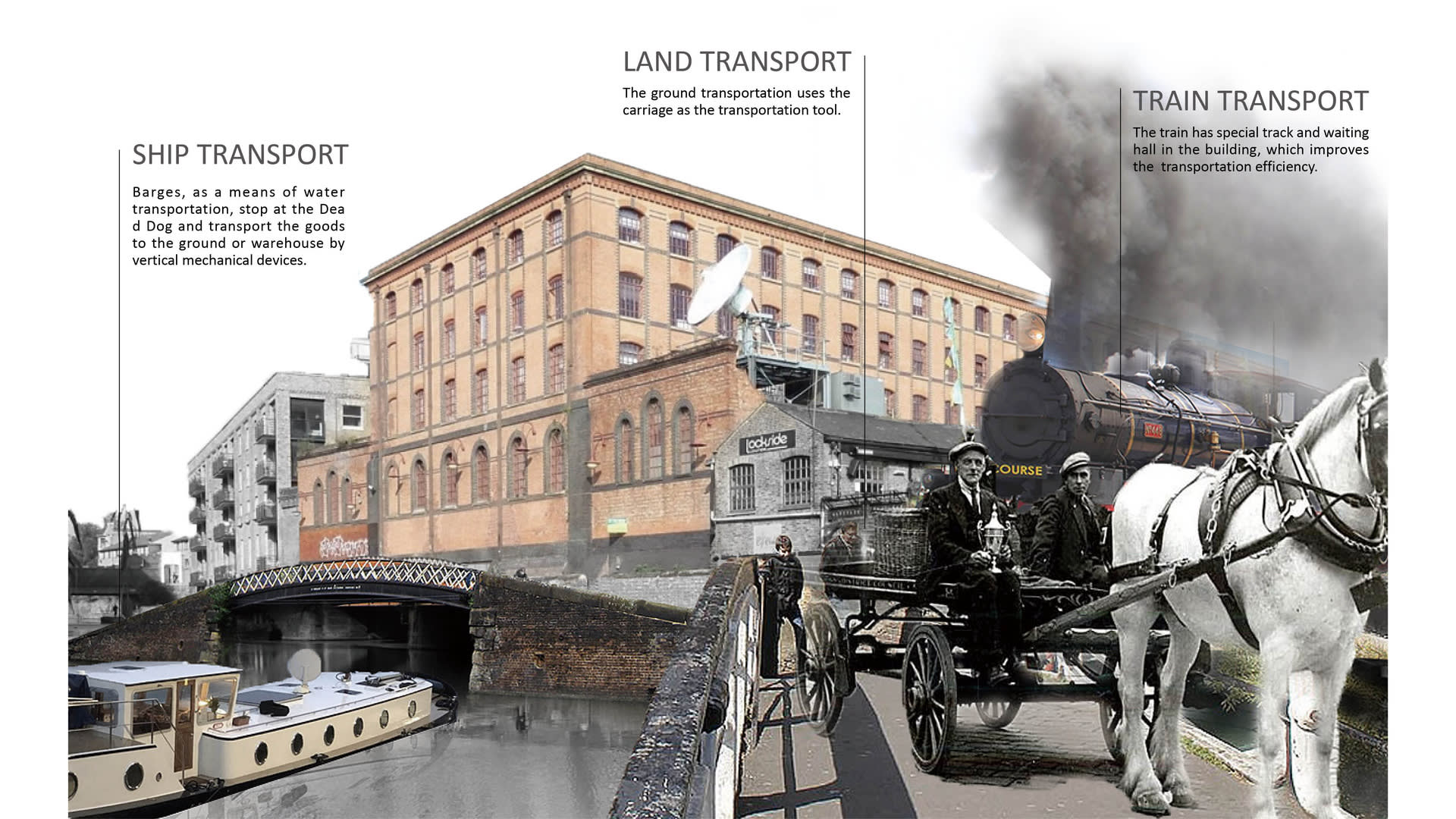


![[untitled]](https://res.cloudinary.com/rca2020/image/upload/f_auto,h_1080,w_1920,c_fill,g_auto,q_auto/v1/rca2021/60c67974101fec8c9fbc40ee-212391?_a=AXAH4S10)
![[untitled]](https://res.cloudinary.com/rca2020/image/upload/f_auto,h_1080,w_1920,c_fill,g_auto,q_auto/v1/rca2021/60c67974101fec8c9fbc40ee-256501?_a=AXAH4S10)
![[untitled]](https://res.cloudinary.com/rca2020/image/upload/f_auto,h_1080,w_1920,c_fill,g_auto,q_auto/v1/rca2021/60c67974101fec8c9fbc40ee-228097?_a=AXAH4S10)





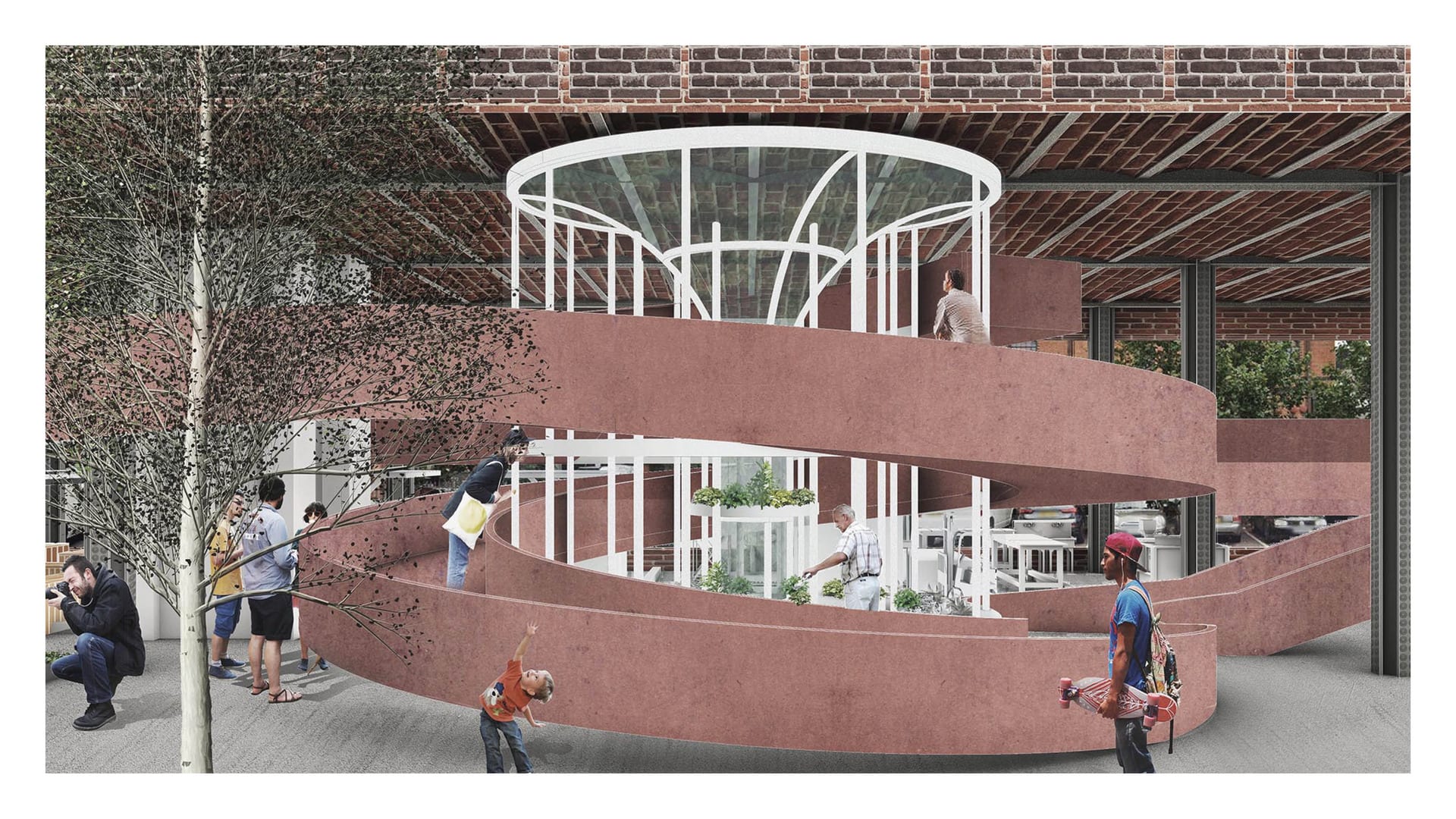
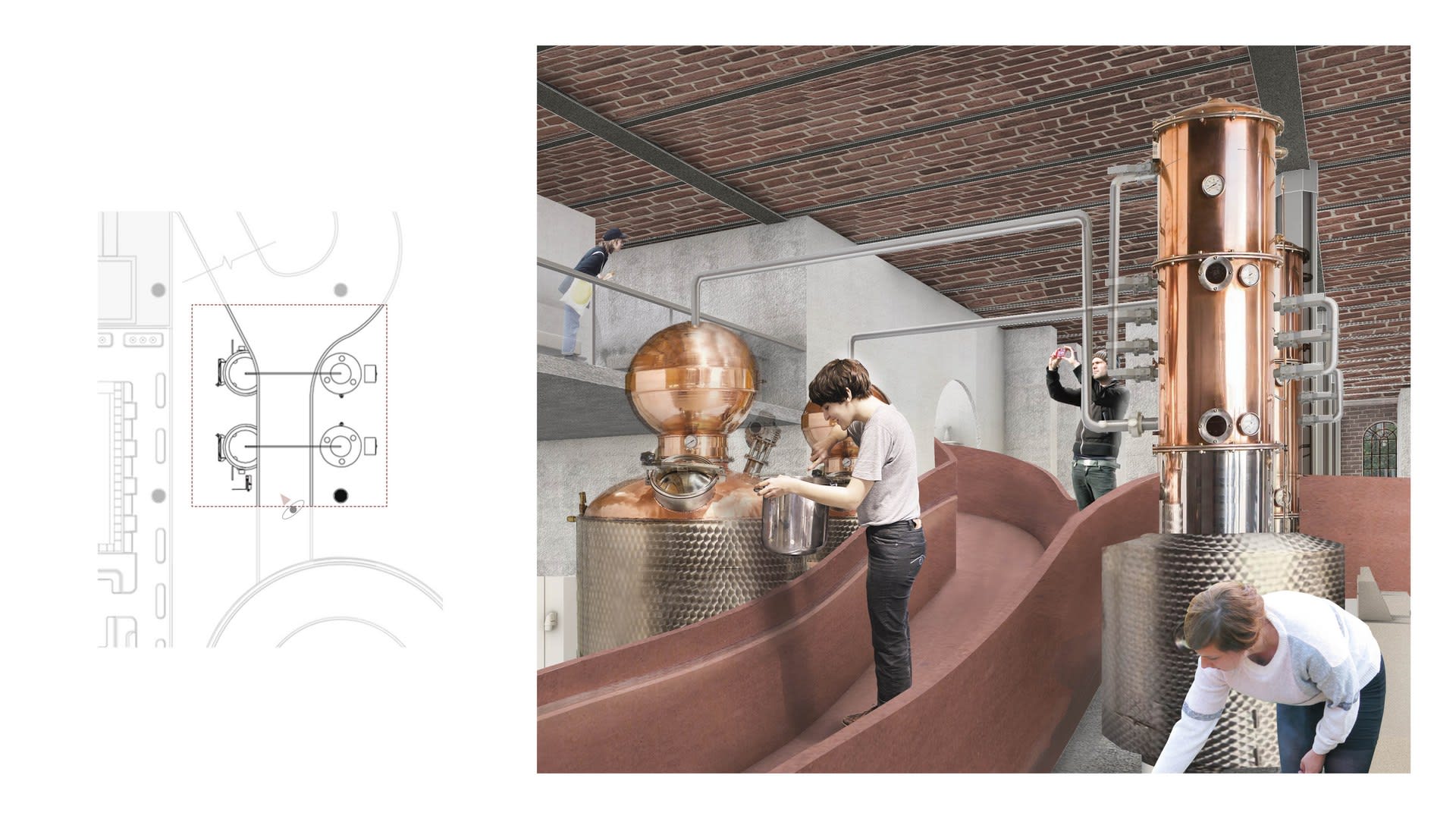



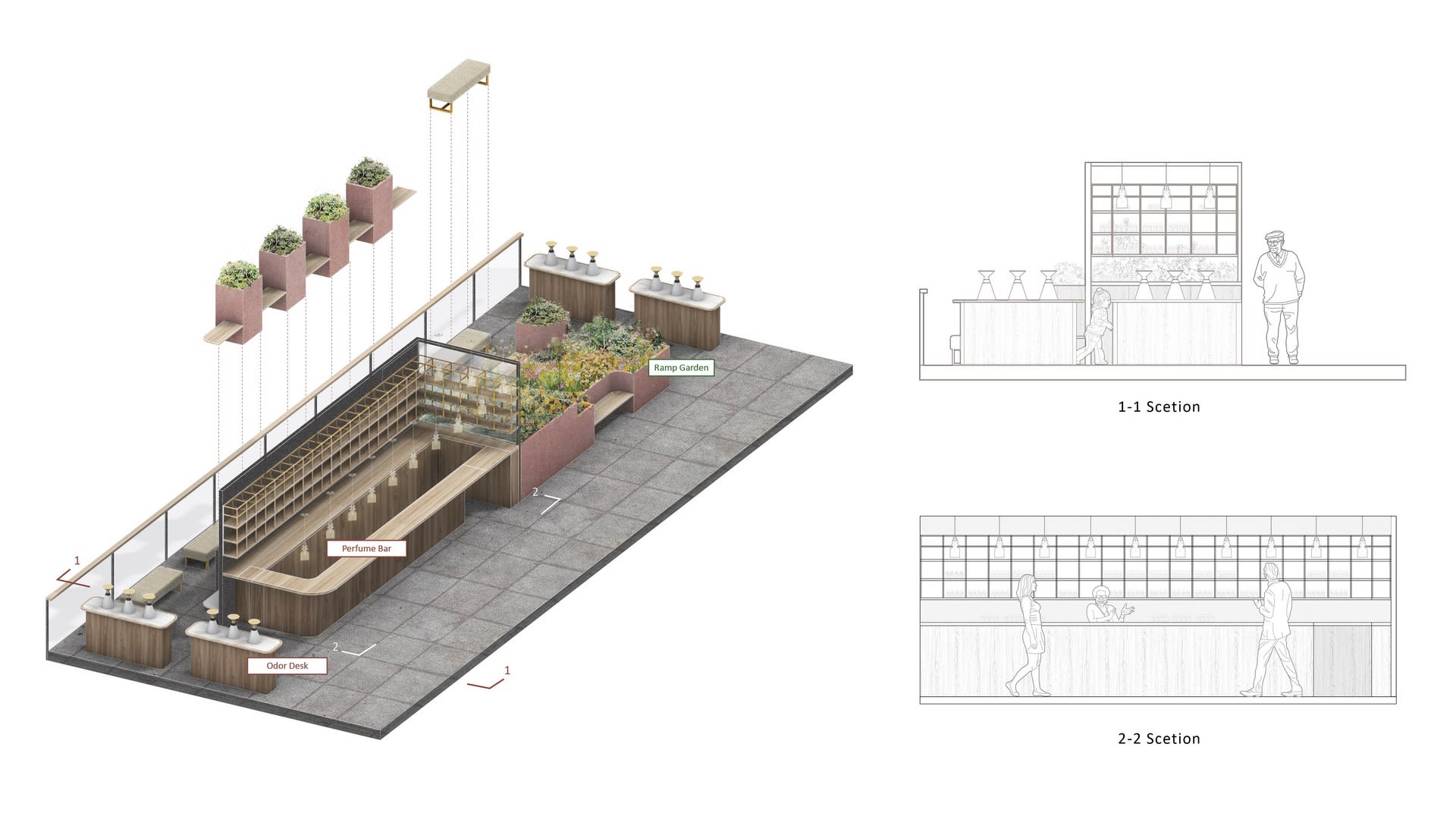


![[untitled]](https://res.cloudinary.com/rca2020/image/upload/f_auto,h_1080,w_1920,c_fill,g_auto,q_auto/v1/rca2021/60c67974101fec8c9fbc40ee-944127?_a=AXAH4S10)